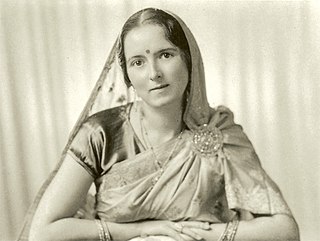 W
WSavitri Devi Mukherji was a French-born Greek fascist, Nazi sympathizer, and spy who served the Axis powers by committing acts of espionage against the Allied forces in India. She was later a leading member of the Neo-Nazi underground during the 1960s.
 W
WVelvalee Dickinson, was convicted of espionage against the United States on behalf of Japan during World War II. Known as the "Doll Woman", she used her business in New York City to send information on the United States Navy to contacts in Argentina via steganographic messages. She was finally caught when one of her contacts in Buenos Aires moved and her messages were returned.
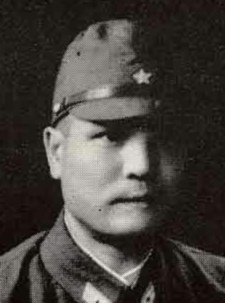 W
WIwaichi Fujiwara was an officer in the Imperial Japanese Army in World War II, and later a lieutenant general in the post-war Japan Ground Self Defense Force.
 W
WKawashima Naniwa was a Japanese spy who worked in Manchuria. He was a close friend of Shanqi, the 10th Prince Su, who had inherited the allegiance of the tribes of Inner Mongolia, and aided Shanqi and his Royalist Party in attempts to create an independent Manchu state. Prince Su was also a close friend of Prince Kan'in Kotohito, the uncle of the Japanese empress.
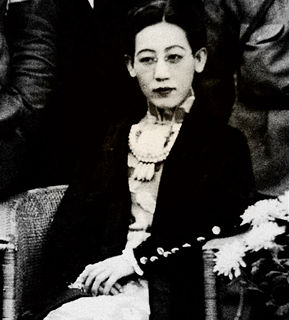 W
WYoshiko Kawashima was a Qing dynasty princess of Manchu descent. She was raised in Japan and served as a spy for the Japanese Kwantung Army and Manchukuo during the Second Sino-Japanese War. She is sometimes known in fiction under the pseudonym "Eastern Mata Hari". After the war, she was captured, tried, and executed as a traitor by the Nationalist government of the Republic of China. She was also a notable descendant of Hooge, eldest son of Hong Taiji.
 W
WKim Chang-Ryong was a high-ranking officer in the Republic of Korea Army, the head of the Korean Counter Intelligence Corps, and South Korean President Syngman Rhee's most trusted right-hand man. He was assassinated in 1956 by army colleagues.
 W
WBernard Julius Otto Kuehn and his family were spies in the employ of the Abwehr for Nazi Germany who had close ties to Propaganda Minister Joseph Goebbels. In 1935, Goebbels offered Kuehn a job working for Japanese intelligence in Hawaii; he accepted and moved his family to Honolulu on August 15, 1935. The family included Dr. Kuhn, 41 years old; his wife, Friedel; a daughter, Susie Ruth ; and he half-brothers, Hans Joachim. Since all four members of the family were involved in the espionage they were dubbed the "8 eyed spy".
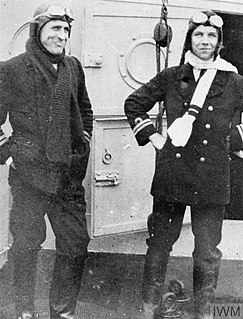 W
WFrederick Joseph Rutland, was a British pioneer of naval aviation. A decorated pilot in the First World War, he earned the nickname "Rutland of Jutland" for his exploits at the Battle of Jutland in 1916. He later worked for the Japanese and was interned by the British authorities during the Second World War.
 W
WWilliam Francis Forbes-Sempill, 19th Lord Sempill, AFC, AFRAeS, was a Scottish peer and record-breaking air pioneer who was later shown to have passed secret information to the Imperial Japanese military before the Second World War. Educated at Eton, he began his career as a pilot in the Royal Flying Corps and then served in the Royal Naval Air Service and Royal Air Force during the First World War. In 1921, Sempill led an official military mission to Japan that showcased the latest British aircraft. In subsequent years he continued to aid the Imperial Japanese Navy in developing its Navy Air Service.
 W
WSuzuki Keiji was a Japanese army intelligence officer during the Second World War. Operating primarily in Burma, he helped form the Burma Independence Army and was an advocate for Burmese independence, described as a "Japanese Lawrence of Arabia". The Burmese refererred to him by the nom de guerre Bo Mogyo, meaning "Thunderbolt Commander".
 W
WRyūkichi Tanaka was a major general in the Imperial Japanese Army during World War II.
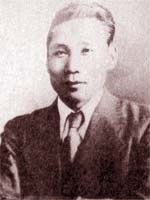 W
WTomegorō Yoshizumi was a Japanese spy and journalist who defected to Indonesia during the National Revolution. Born in Tōhoku region during the late stages of the Meiji period, in his early twenties he joined the Japanese expatriate community in the Dutch East Indies. Yoshizumi recruited locals for the Japanese spy ring in Java and Sulawesi, while also taking up employment for local Japanese newspapers. He was a noted follower of Japanese nationalism, and reportedly endorsed a "new order in East Asia". Although a civilian, he was inducted into the Imperial Japanese Navy, earning an officer's rank.